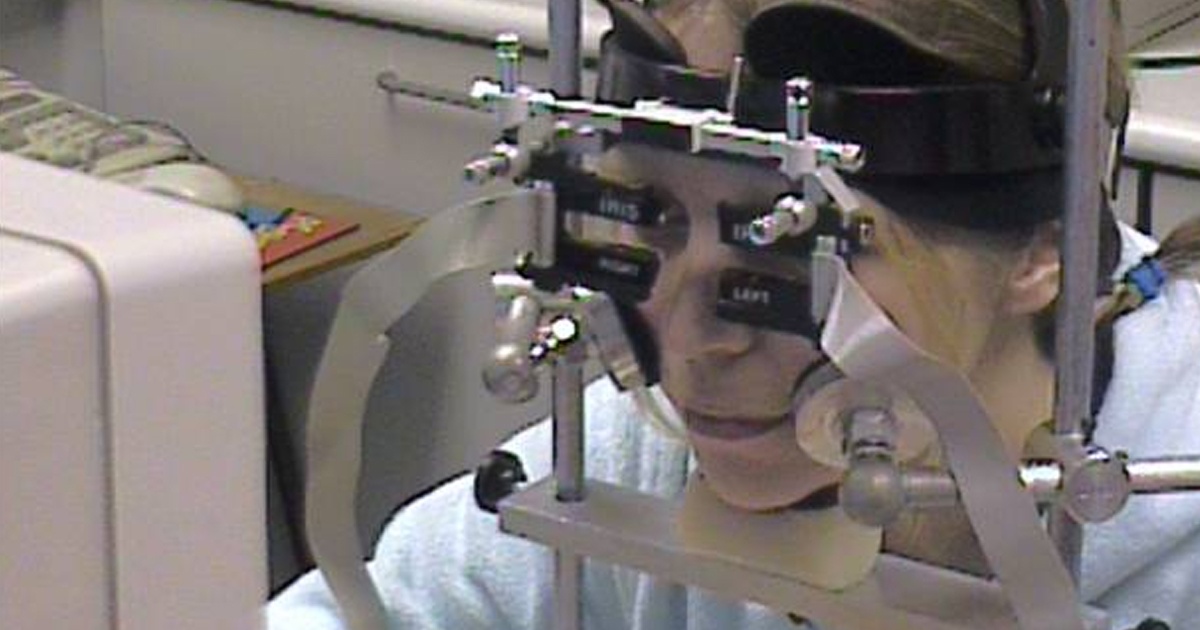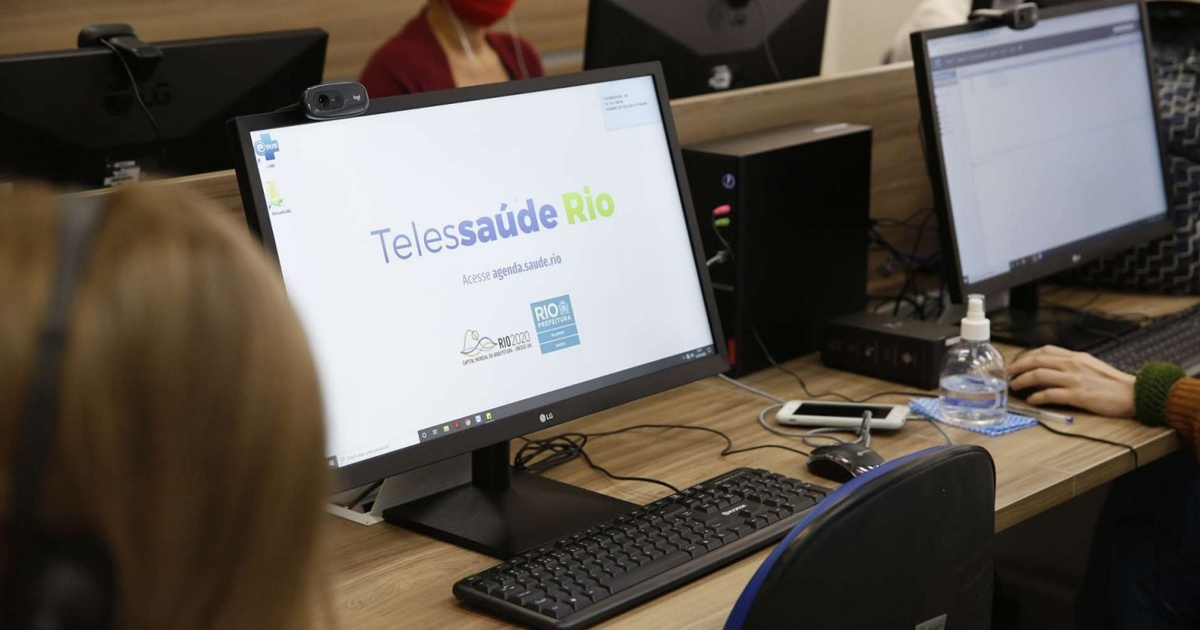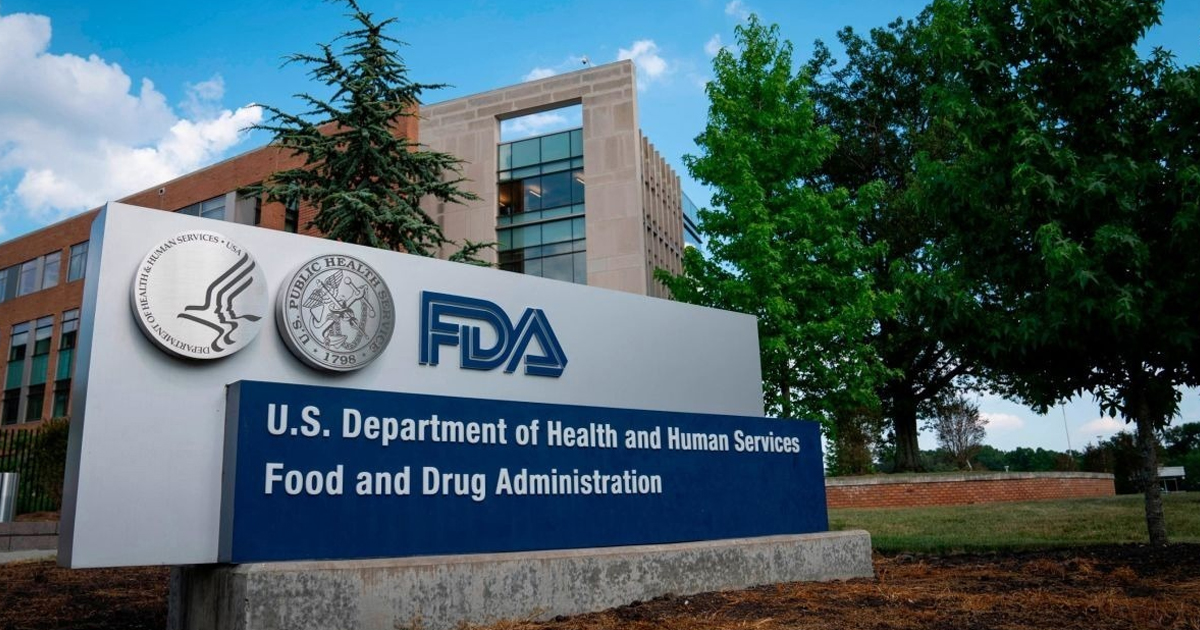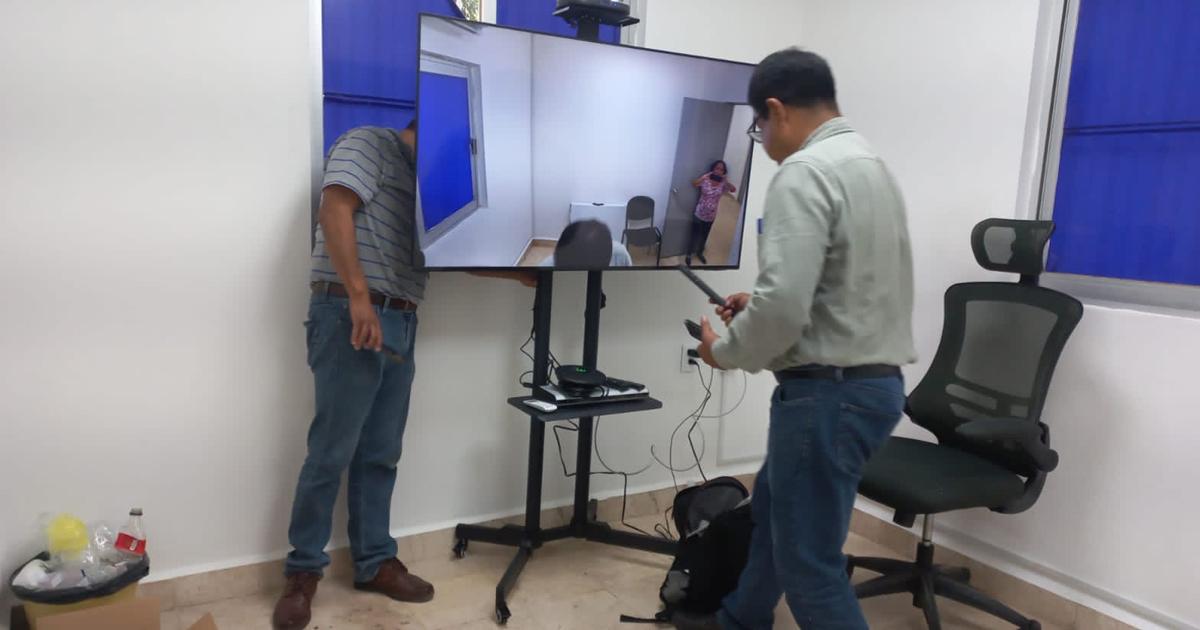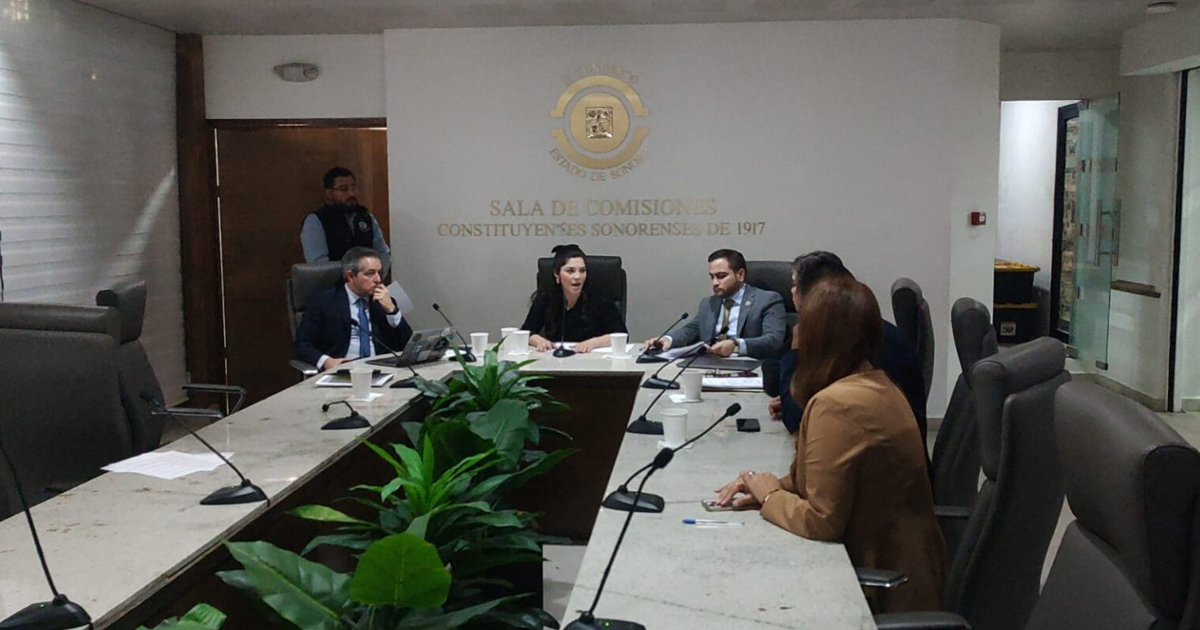América Latina sigue impulsando la Digital Health mediante herramientas tecnológicas como la Telehealth para así, acercar estas innovaciones a toda la población sin excepción alguna.
Perú avanza en el terreno de las estrategias dirigidas a sus servicios de salud pública y basadas en las tecnologías que son parte de la Digital Health.
El Ministerio de Salud (Minsa) peruano está enfocado en disminuir la brecha de desigualdad en cuanto al acceso que tiene la población y así llegar hasta zonas aisladas que no tienen oportunidad de trasladarse hacia algún centro de salud.
El plan que se considera efectivo para esta encomienda, es la utilización de la telemedicine y sus ventajas que proporciona; y de esta forma, realizar consultas a distancia, en tiempo real, ahorrando recursos y tiempo.
Estos sistemas se pueden trasladar también en pequeñas brigadas donde algunos especialistas viajan para visitar directamente a las comunidades alejadas, y no viceversa.
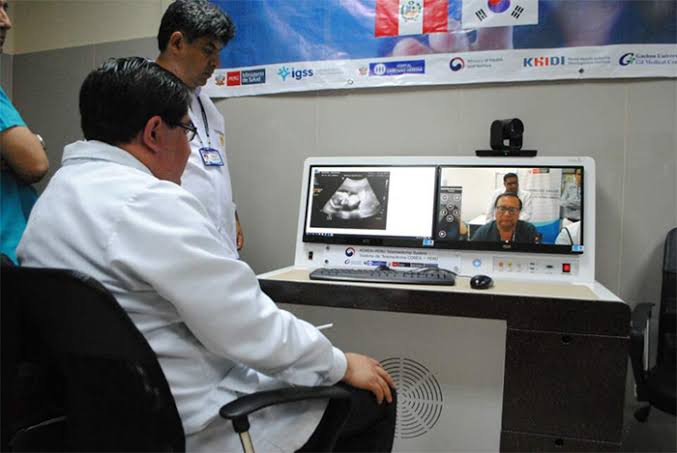
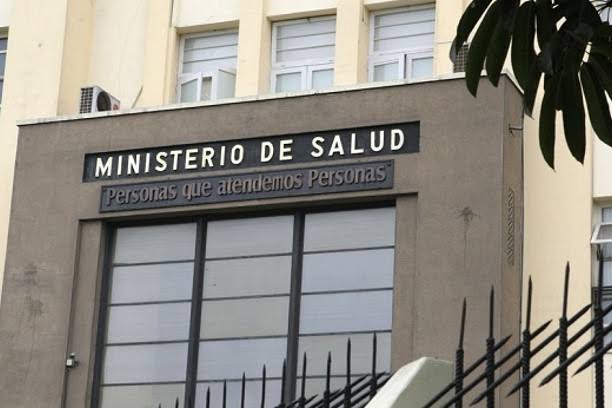
Así, las brechas de acceso podrán volverse igualitarias y cubrir cualquier zona del país sin objeción alguna, por ello, para la Directora General de Telehealth del Ministerio de Salud, Liliana Cárdenas, “la telesalud permite cubrir así la brecha de especialistas, descentralizando virtualmente el servicio que pueden brindar a nivel nacional y evitando que las personas se muevan de sus lugares de origen, lo cual permite difuminar las barreras geográficas que existen en nuestro país”.
Por medio de los equipos adecuados, las soluciones digitales potencializarán las decisiones que los médicos toman para prevenir y tratar enfermedades infecciosas, evitando sesgos de error y logrando mayor precisión.
También se destaca que el Ministerio de Salud Peruano fue galardonado con National Digital Democracy Award 2019, impulsado por D&D Internacional- Democracia Digital, el cual reconoce a aquellas organizaciones que fortalecen la democracia y convivencia ciudadana a través del uso responsable de Internet y las tecnologías digitales.


